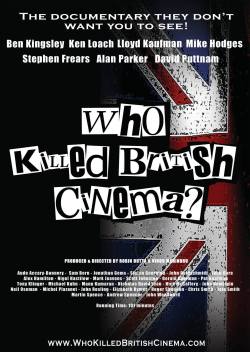We’ve blogged in the past about understanding the techniques of some the best cinematographers working today. Now I want to turn the spotlight on arguably one of the most prolific cameramen in modern cinema; Janusz Kaminski.
Since first working together on Schindler’s List, Kaminski and Steven Spielberg have developed a loyal partnership and an immediately recognisable visual style.
The primary characteristic of his work is he doesn’t use light to represent reality but to create an atmosphere, very similar to a painter.
This superb video essay from wolfcrow breaks down the different visual styles and preferences of Kaminiski; from his use of strong backlights to his love of lens diffusion.
You could call this look film noir with soft light.
There are many detractors to this visually bold style, and many filmmakers and cinematographers alike prefer a more naturalistic look but to quote the video “the audience doesn’t care”, and I totally agree.
Anyway, enjoy the video and I hope you can learn something about this unique style.












 This video is part of a much larger body of work by DoP and all-round awesome guy, Matt Workman.
This video is part of a much larger body of work by DoP and all-round awesome guy, Matt Workman.


 COSMOS MOVIE PRODUCTION BLOG 22:
COSMOS MOVIE PRODUCTION BLOG 22:















